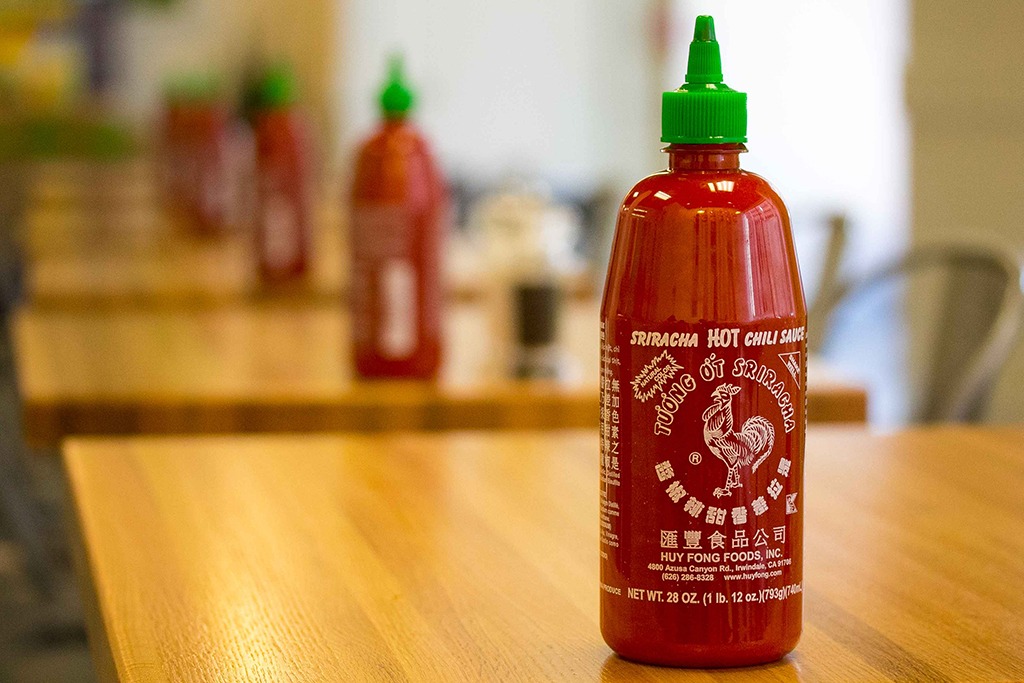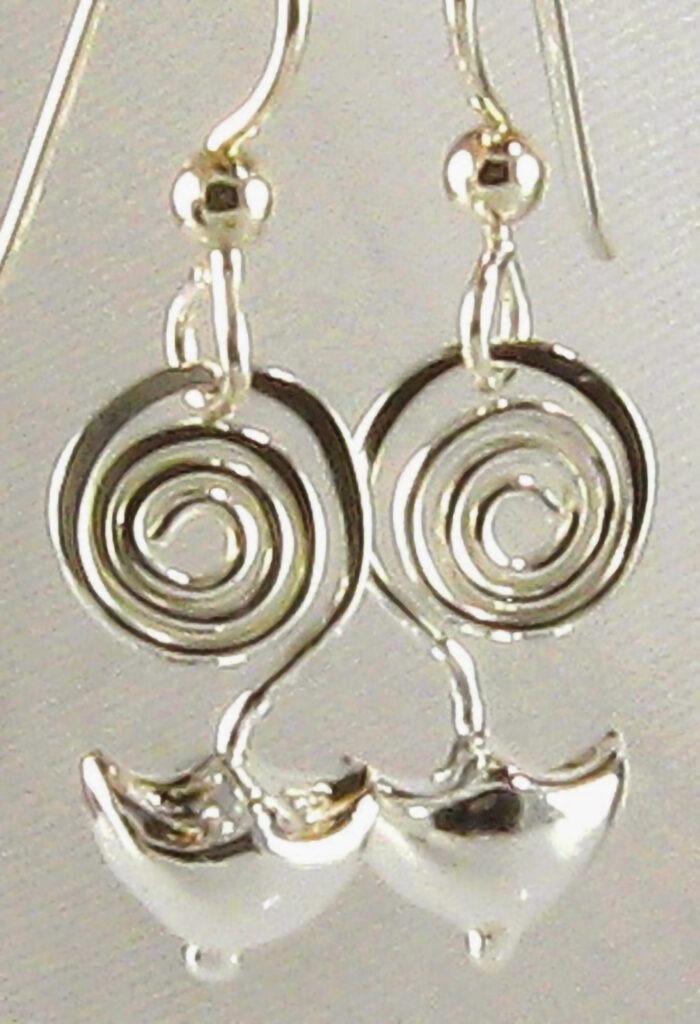
Shawna Provincial Alvarez: Who Knows What This Is?
Exploring Cultural Parallels: Hmong and Native American Traditions Compared
Exploring the connection between Hmong and Native American cultures with a creative twist — featuring Sriracha sauce! Thanks to Shawna Provincial Alvarez for sharing this intriguing photo. 🌀🌶️

Exploring Cultural Parallels: Hmong and Native American Traditions Compared
Cultural connections can emerge in the most unexpected ways, even through something as universal as food. A recent social media post by Shawna Provincial Alvarez highlighted a thought-provoking moment: the comparison of Hmong and Native American traditions using Sriracha sauce. This simple yet impactful example opens the door to explore the rich similarities between these two unique cultures.
The Universal Language of Food
Food often serves as a bridge between cultures, connecting people through shared flavors and traditions. For the Hmong and Native American communities, culinary practices are deeply rooted in history, storytelling, and spiritual connection. The addition of Sriracha sauce in Shawna’s post humorously yet meaningfully illustrates how even contemporary elements can serve as metaphors for deeper cultural understanding.
Shared Themes in Hmong and Native American Cultures
Both the Hmong and Native American cultures share a reverence for nature, community, and ancestral wisdom. These shared values manifest in their rituals, storytelling, and respect for the natural world. Here’s a closer look at some parallels:
- Spiritual Connection to Nature – Both cultures honor nature as a living, spiritual entity. In Hmong traditions, offerings are made to spirits residing in trees, rivers, and mountains. Similarly, many Native American tribes view the earth as a sacred being, emphasizing harmony with the environment.
- Ancestral Practices and Rituals – The Hmong engage in ancestral rituals to maintain balance and honor familial spirits, while Native Americans often hold ceremonies to connect with their forebears, seeking guidance and wisdom.
- Symbolism of Food in Rituals – In both traditions, food plays a symbolic role in rituals. Offerings of rice, meats, or communal feasts are common in Hmong ceremonies, while Native American practices frequently include corn, berries, and game to honor their spiritual traditions.
Modern Connections Through Humor and Sriracha Sauce
Shawna’s post reminds us that cultural appreciation doesn’t always have to be serious. Using Sriracha sauce as a playful connector sparks curiosity about how modern elements can reflect traditional values. For instance, spicy foods are popular in Hmong cuisine, just as bold, flavorful dishes are celebrated among Native American communities. The humor underscores how food can become a touchpoint for cross-cultural understanding.
Why Cultural Comparisons Matter
Exploring these cultural parallels encourages dialogue and understanding. While the Hmong and Native American peoples have distinct histories and practices, their shared values reveal a deeper connection. A lighthearted moment — like comparing Sriracha sauce to cultural traditions — can inspire meaningful conversations about heritage, community, and shared humanity.
Conclusion – Thanks to Shawna Provincial Alvarez for sharing this intriguing photo and idea. Who knew that something as simple as Sriracha sauce could inspire us to explore the rich parallels between the Hmong and Native American cultures? By finding humor and meaning in everyday connections, we can celebrate the unique threads that weave us together.
Have you noticed any similarities between Hmong and Native American cultures? Share your thoughts in the comments below!





your welcome